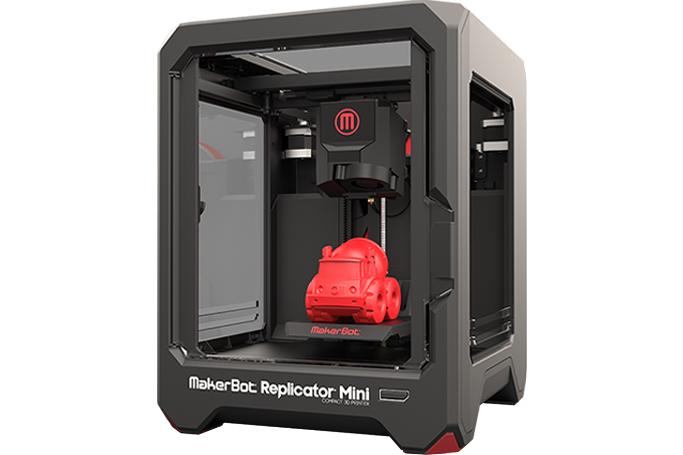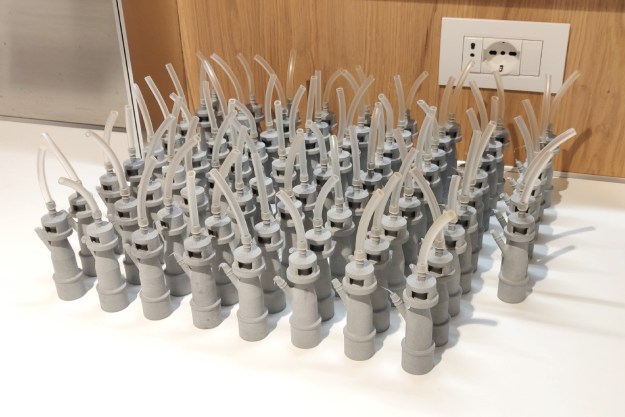
Pancakes, car parts, furniture, stethoscope iPhone cases and an entire house – these are just a handful of the things 3D printers are capable of producing these days. Now thanks to the availability of compact 3D printers from MakerBot, 3D Systems and others, it looks like 3D printing is about to get a whole lot cheaper.
On Monday, Brooklyn-based MakerBot announced that it started shipping its MakerBot Replicator Mini Compact 3D Printer to customers. Not even 24 hours later, Rock Hill, S.C.-based 3D Systems released its own press release declaring that it would begin shipping its Cube 3 and CubePro 3D printers in the second half of June, with pre-orders available now.
The MakerBot Replicator Mini, which was dubbed “Best in Show” at CES 2014 by Digital Trends, is priced at $1,375, while the Cube 3 is $999 and the CubePro starts at $2,799. At the lower end of the price spectrum is XYZPrinting’s da Vinci 1.0 3D printer, which comes in at a cool $499. Then there’s Mink, the specialized 3D printer just for makeup, which made its debut earlier this month at TechCrunch’s Disrupt NY 2014 conference and will be priced under $200 when it launches later this year.
The prices of consumer- and small-business-friendly 3D printers have already dropped dramatically in the past few years. In other words, we’re witnessing a 3D-printing price war – and in price wars, customers win. The makers of 3D printers, however, may want to find a way to 3D print some money to stash in their war chests.
There are, of course, a different set of costs associated with owning a 3D printer (filament for the Replicator Mini, Cube 3, CubePro and da Vinci; pigments and substrates for Mink), and while MakerBot is positioning its new 3D printer as “just right for the home, classroom or office,” the jury’s still out on how ready this nascent technology is for everyday consumers.
Nevertheless, the day when 3D printers reach critical mass in homes, offices, schools and other commonplace settings doesn’t seem that far off. Consumers interested in being early adopters, on the other hand, can now get their mitts on this landscape-shifting 3D-printing technology without breaking the bank, and more options are on the way.
Editors' Recommendations
- 3DMakerpro’s Seal is a pocket-sized scanner to make next-gen precision 3D prints
- Need a last-minute Halloween costume? Check out these 3D-printable getups
- The future of making stuff: Inside the evolution of 3D printing with Formlabs
- Father’s Day Gift Idea: These cheap 3D printers are on sale for less than $300
- 3D printing lets hospitals make ventilator substitutes with common equipment


